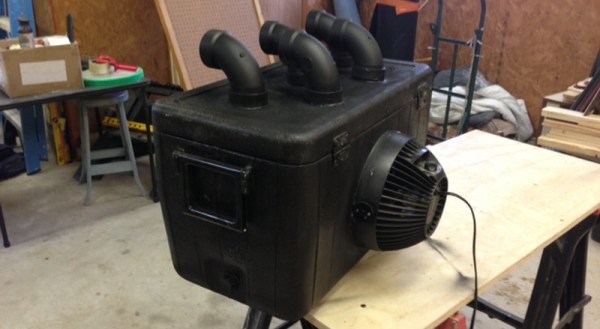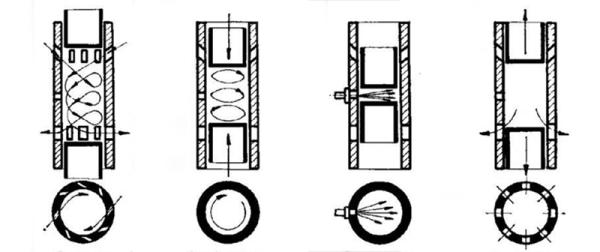When [Ian Wood] accidentally broke the camera on his fancy-pants FPV quadrotor he was a little bit upset. But out of all things we break, we hack something new. [Ian] decided to strap on some RGB LEDs to the drone and turn it into a UFO to scare his neighbors!
Now we know what you’re thinking: RGB LEDs? That hardly constitutes a hack! You’re right — but [Ian] didn’t just simply strap some LEDs on and call it a day. Oh no. He’s using a Teensy micro-controller and the NazaCANDecoder to listen to the CAN bus for RC stick positions, flight mode, altitude, battery data, etc. This means the LEDs are actually responding to the way he flies the drone. And since there was a spare channel on his Futaba RX controller, he’s also got an animation mode that can be controlled from the ground to do whatever he wants. He also got rid of the standard indicator LEDs on the quad and wired them into his new setup. They’re all being controlled by a FastLED library on the Teensy. Check it out in the clip after the break.






















